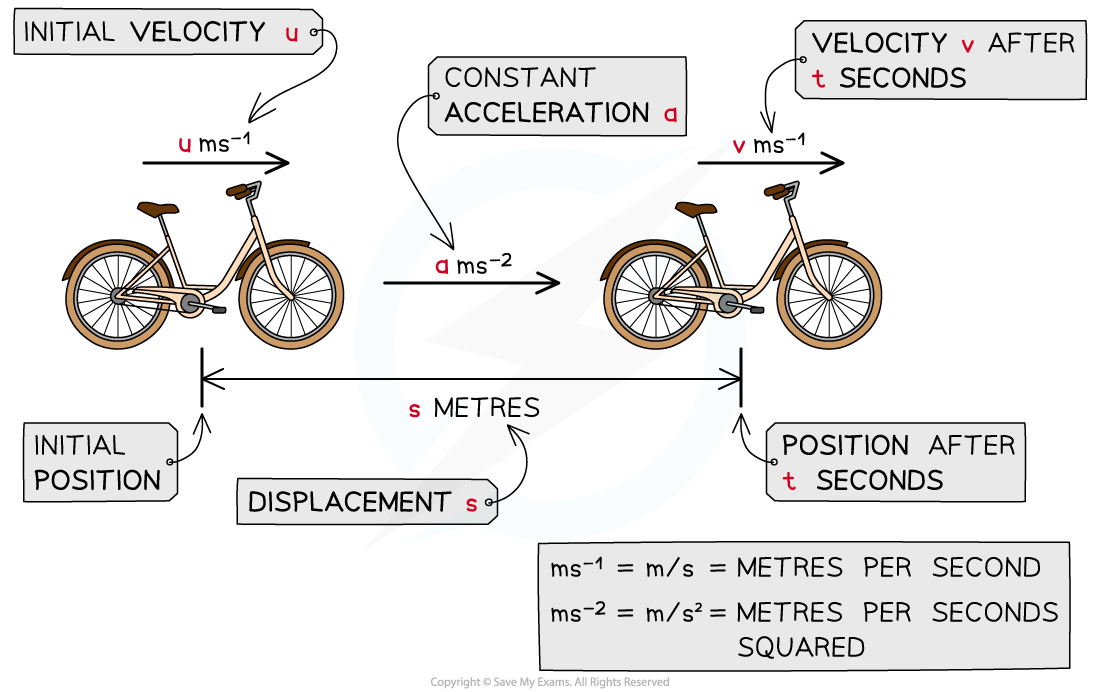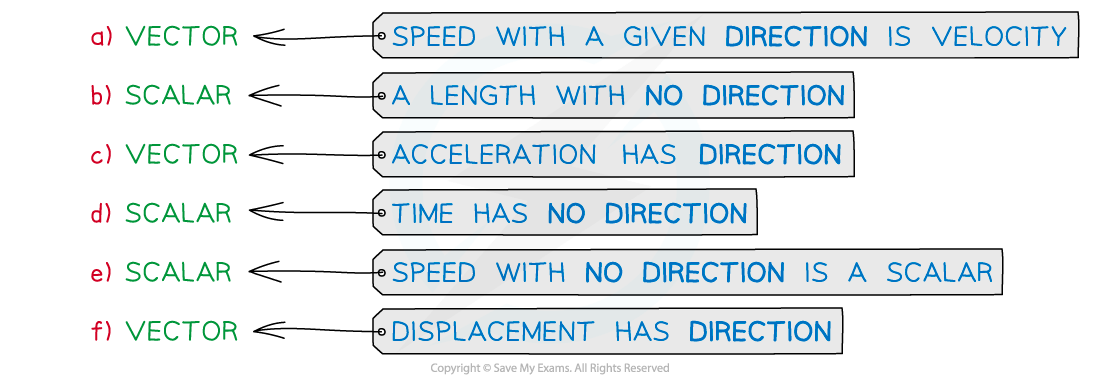- 翰林提供学术活动、国际课程、科研项目一站式留学背景提升服务!
- 400 888 0080
Edexcel A Level Maths: Mechanics:复习笔记1.1.1 Scalars & Vectors
Scalars & Vectors
Mechanics uses a variety of different scalar and vector quantities.
What are scalars?
Scalars are quantities without direction, they only have a size (magnitude)
e.g. a speed of 7 m/s, a distance of 5 m, a time of 15 s or a mass of 12 kg
Scalars can only be positive- you can’t have a negative distance or speed!
What are vectors?
Vectors are quantities which also have a direction, this is what makes them more than just a scalar
e.g. two objects with velocities of 7 m/s and ‑7 m/s are travelling at the same speed but in opposite directions
Vector quantities can have positive or negative components
Some examples of vector quantities you may come across are displacement, velocity, acceleration, force/weight, momentum
Displacement is the distance moved in a given direction from a starting point
Velocity is a speed in a given direction (displacement over time)
Acceleration is the change in velocity over time

Vector quantities of displacement, velocity and acceleration
Worked Example


Exam Tip
Make sure you fully understand the definitions of all the words in this section so that you can be clear about what your exam question is asking of you
Vectors appear in bold (non-italic) font in textbooks, on exam papers, etc (i.e. F, α ) but in handwriting should be underlined (i.e. F , α )
转载自savemyexams

早鸟钜惠!翰林2025暑期班课上线

最新发布
© 2025. All Rights Reserved. 沪ICP备2023009024号-1








